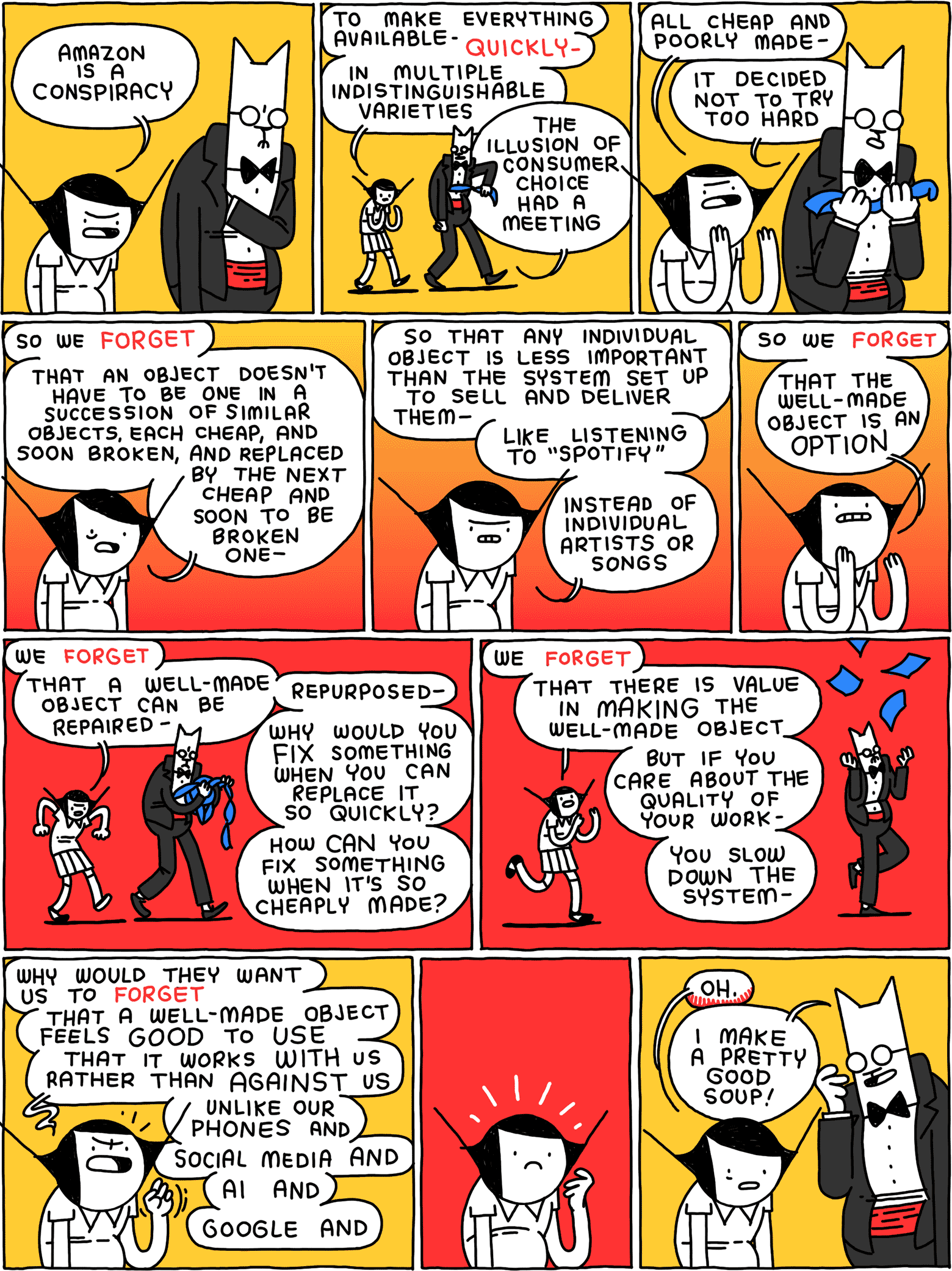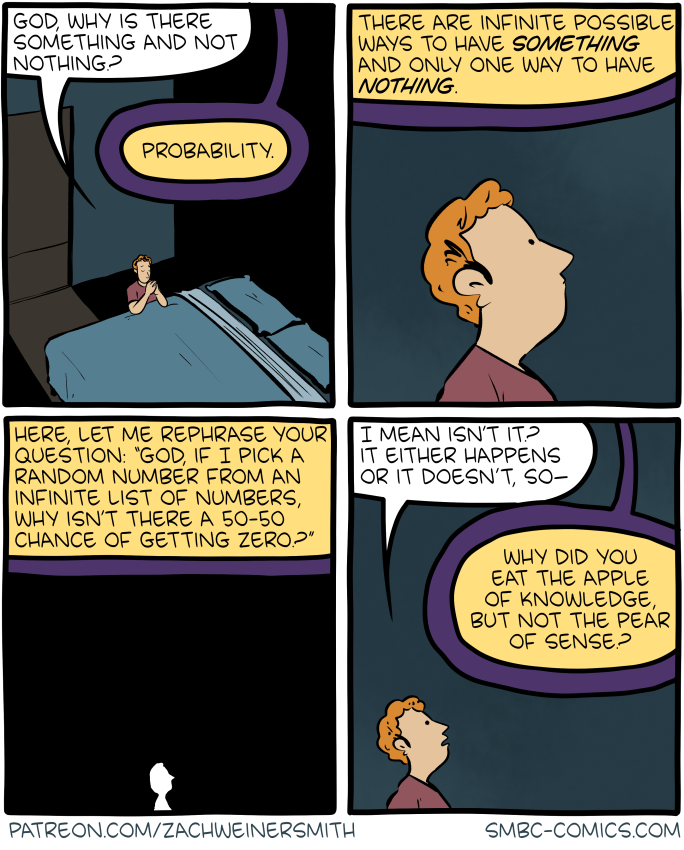
A small Quebec town is using a novel approach to encourage residents to plant trees by charging a $200 annual surtax to homeowners who don't have at least one tree in their front yard. The municipality said the trees are necessary to mitigate the impact of heat islands in the community.





